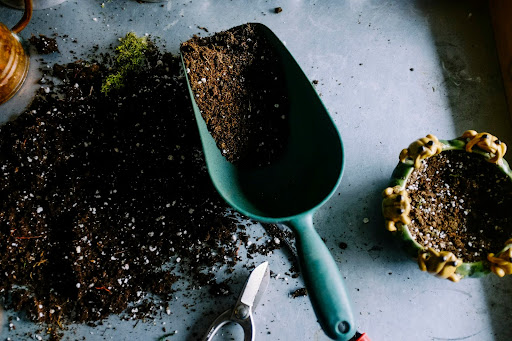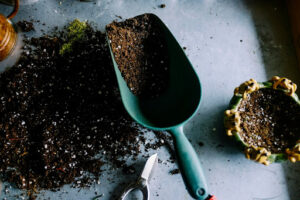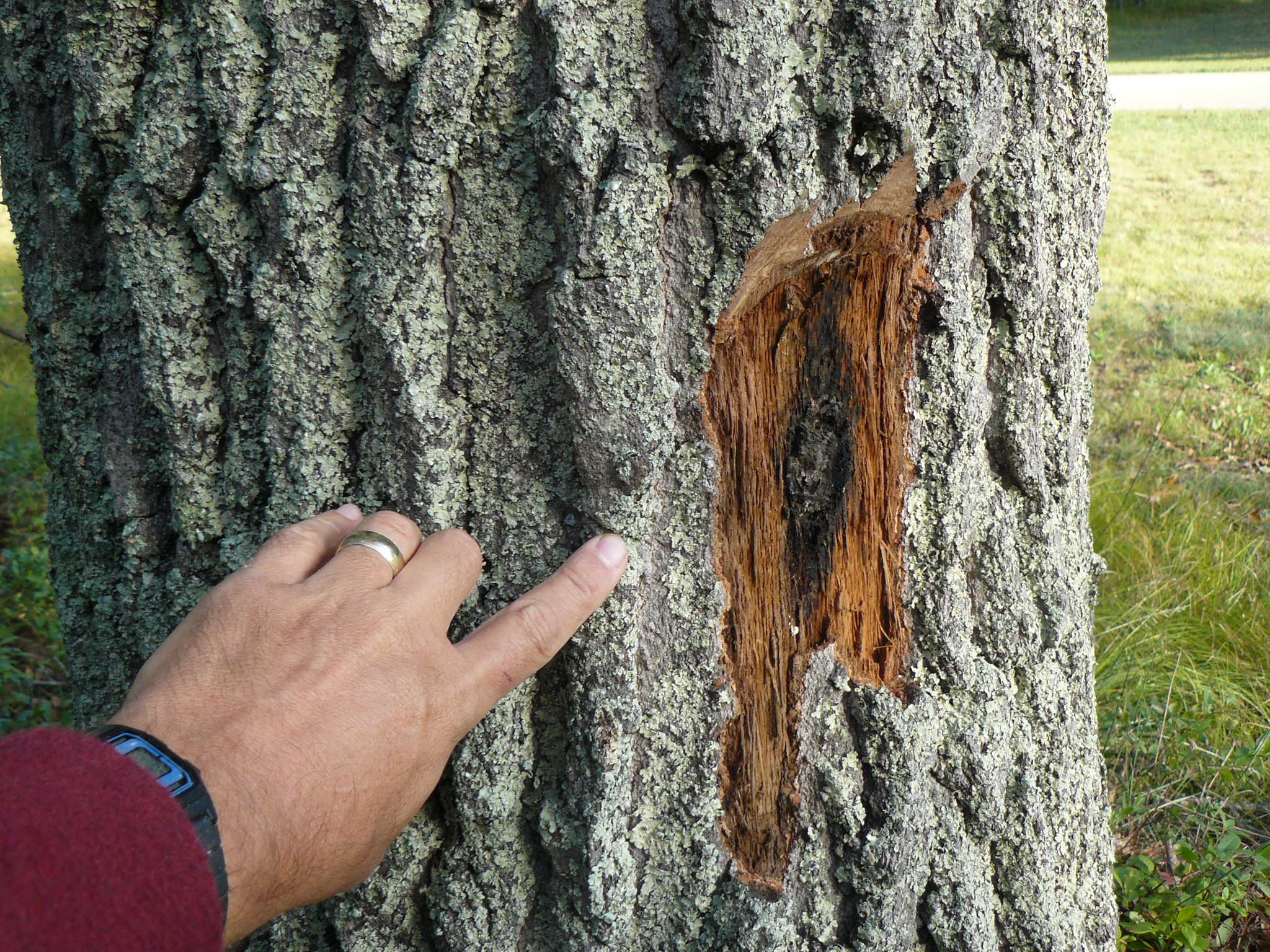
Date March 27, 2024
Homeowners who want to improve their yards or landscapes should consider soil testing. This type of testing can provide valuable information about soil’s texture, nutrients, moisture, and structure. It can help homeowners determine the right fertilizer to apply to ensure healthy, vibrant trees. This guide will discuss the benefits of soil testing and why it’s essential to determine trees’ nutritional needs.
Benefits of Soil Testing
Image via Unsplash by Neslihan Gunaydin
Soil testing can be beneficial for homeowners, landscape designers, and developers. It provides essential information about the texture and nutrients of different soils. This knowledge can help property owners make informed decisions about the best trees to plant for sustainable growth. It can also allow them to choose the correct nutrients to help trees grow and thrive.
Many experts recommend annual soil testing for homeowners who want to improve or maintain plant growth on their properties. The benefits of soil testing include:
- Discovering what fertilizer to add: Soil testing can show what nutrients the soil has or lacks. Using this information, homeowners and landscapers can determine the correct fertilizers to add to promote viable growth.
- Saving money: Without a soil test, property owners risk over-applying fertilizers or choosing the wrong nutrients. By adding the right fertilizer the first time, they can save money.
- Reducing runoff: Adding too much fertilizer can also lead to stormwater runoff, reducing water quality. Soil testing can ensure landscapers apply the correct amount of fertilizer to minimize this pollution.
- Determining a watering schedule: A soil test assesses the texture and moisture of soil. It provides information to create an appropriate watering schedule for trees and plants.
- Improving the health and condition of trees: When homeowners take soil tests into account, they can maintain or improve the conditions of trees on their properties. In turn, healthier trees are less susceptible to potential issues, such as disease or damage.
How To Test Soil
When testing their soil, property owners can choose to send samples to a private or public laboratory. Here are the steps to perform a soil test:
- Choose an area of soil to evaluate. Make sure it’s representative of the rest of a yard or garden.
- Use a spade, trowel, or similar tool to collect soil at a depth of up to 12 inches.
- Remove grass, stones, or other debris from the soil sample.
- Take up to six samples following the same steps. Mix the soil in a bucket or other container.
- Label the sample, and send it to a laboratory in a spill-proof container.
- Make sure to follow other directions required by the lab.
It’s a good idea to test soil before planting new trees to ensure they can grow and thrive in the environment. If planning to plant in different areas, property owners should do separate soil tests for each area for the best chance of healthy growth. After the initial planting, homeowners can test their soil at least once a year to make continual adjustments to the type and amount of fertilizer they use.
At TreeNewal, our certified arborists are experts in soil testing in Dallas and the surrounding area, and we can simplify the process for homeowners. We also offer soil conditioning services to nourish and revitalize trees. For more information, call us at 817-329-2450 or contact us online.









